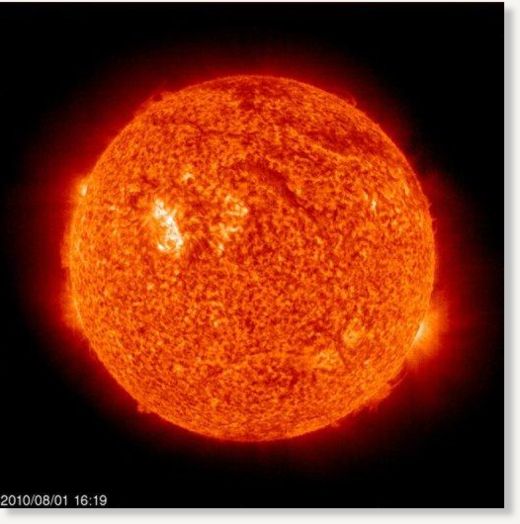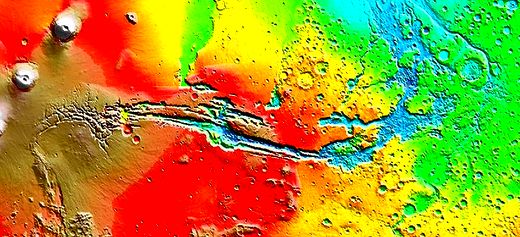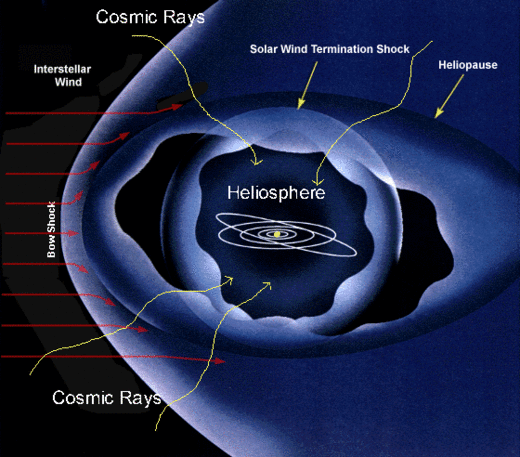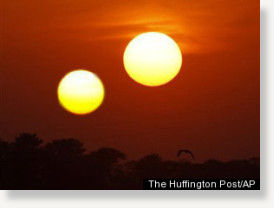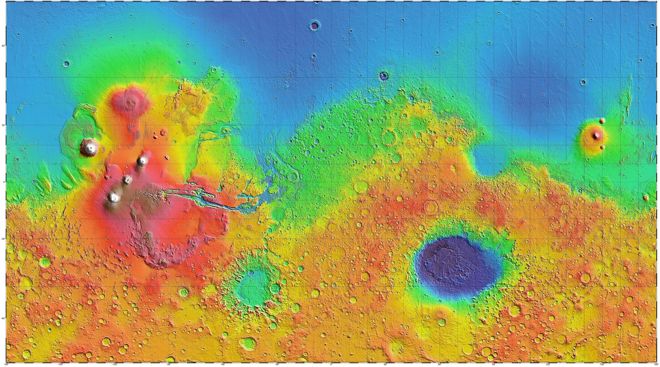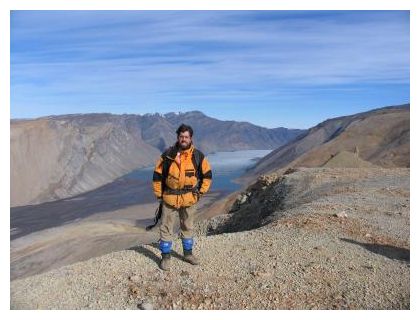
About 250 million years about 95 per cent of life was wiped out in the sea and 70 per cent on land. Researchers at the University of Calgary believe they have discovered evidence to support massive volcanic eruptions burnt significant volumes of coal, producing ash clouds that had broad impact on global oceans.
"This could literally be the smoking gun that explains the latest Permian extinction," says Dr. Steve Grasby, adjunct professor in the University of Calgary's Department of Geoscience and research scientist at Natural Resources Canada.
Grasby and colleagues discovered layers of coal ash in rocks from the extinction boundary in Canada's High Arctic that give the first direct proof to support this and have published their findings in Nature Geoscience.
Unlike end of dinosaurs, 65 million years ago, where there is widespread belief that the impact of a meteorite was at least the partial cause, it is unclear what caused the late Permian extinction. Previous researchers have suggested massive volcanic eruptions through coal beds in Siberia would generate significant greenhouse gases causing run away global warming.

